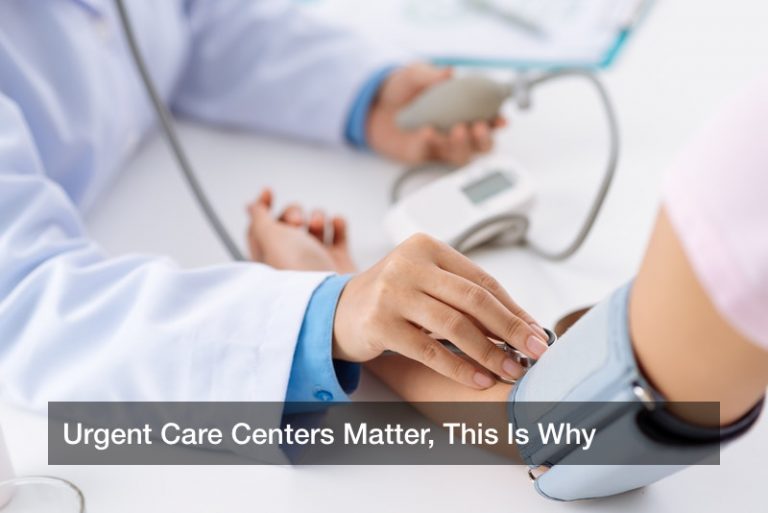

There’s a line. A thin red line. One that separates individuals from the emergency room to physicians. Generally, that line is considered something serious and fatal. However, many have begun to overlook or misconstrue that red line to mean anything that “seems” life threatening but in fact can be treated elsewhere.
For many, the first line of defense against an illness is the physician. The physician is an individual who is capable of diagnosing and treating a wide variety of injuries and ailments, while doing so in a generally non-threatening and easy to understand manner. No one gets worked up about going to the family physician.
Unless it’s for a cholesterol check but that’s another matter.
People, however, do get worked up about going to the emergency room. While it takes a great deal (usually) to get there (read: life threatening conditions), people there usually have to undergo invasive and sometimes hours worth of testing, whether that testing is with MRI machines, X-Ray machines, blood samples, cardiac machines and so forth.
Emergency rooms are of the more difficult places to get an illness addressed. Which is why it’s supposed to be used for “emergencies.”
Unfortunately, many Americans are stopping in emergency rooms for illnesses and ailments that could be better treated outside of the emergency room. While it’s natural to have some chest pain and dizziness and think “I’m having a heart attack” it’s possible to get that checked on outside of the emergency room. This is in no small smart because ERs are costly.
Very costly.
Emergency room bills can run the gamut from a few hundred dollars to tens of thousands of dollars, depending on how much insurance will cover, whether there is insurance to cover anything to begin with, how many tests are run, how long a bed is occupied, if there needs to be surgery or a procedure or an overnight stay.
Emergency rooms are costly.
Unfortunately, for many who have serious conditions or something that needs to be looked at immediately, a primary care physician may not be the best option either. The primary care physician takes time to see, sometimes days, often longer, and that means time spent with an illness being treated with over the counter medication. Not the best fit.
For those that are having a serious situation–whether with the flu or a fracture or a laceration or significant bruising–that cannot wait but does not want to incur the cost of an emergency room, it’s always possible to see the new form of treatment–the urgent care clinic.
Urgent care centers are often seen as the in-between between the emergency room and the primary care physician. This is because urgent care centers:
- Can treat most minor and even mid level ailments and illnesses
- Are often open seven days per week from morning until night
- Have physicians on staff and have complicated equipment like x-ray
- See patients on a walk-in basis, rather than by appointment
In fact, Americans with the following ailments can see an urgent care doctor easily and receive effective treatment:
- About 85% of Americans are allergic to poison ivy
- Urinary tract infections account for around 8.1 million visits to doctors each year
- About 25,000 Americans suffer from ankle sprains each day
- Every year, Americans get approximately 1 billion colds
All of these illnesses and ailments require fairly straightforward treatment and can be solved by a physician at an urgent care center, among many other illnesses and ailments. Unfortunately, many also require more immediate diagnosis and treatment than a primary care physician’s schedule may allow. Best not to let that fracture fester.
Currently, there are 20,000 physicians who practice Urgent Care Medicine today. 85% of Urgent Care Centers are open seven days per week, with many having hours from early morning until well into the evening. An estimated three million Americans visit urgent care centers every week, according to the Urgent Care Association of America.
While it remains to be seen how popular urgent care centers will eventually become, urgent care centers have been growing steadily in popularity over the past several years, with more and more being built and operated every month in America. They often serve under-served populations or some with fewer medical resources, such as rural counties.
They are a good choice for those looking for an urgent answer but without the expense of the emergency room.


